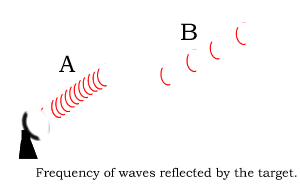Radar works in a very simple manner. Electromagnetic waves, such as radio waves or microwaves, are sent out by a transmitter at the speed of light (2.93 X 108 m/s), bounce off objects and are reflected back to a receiver. Electromagnetic waves , unlike sound waves, can carry energy through a vacuum. This is why electromagnetic waves are used to communicate with satellites in deep space.
A basic radar system is composed of a transmitter, switch, antenna, receiver and an output display. It all starts with the transmitter as it sends out a high energy pulse.via the antenna. After the transmission is complete control switches to the receiver and the antenna is ready to receive. Once the signal is received, control is switched back to the transmitter. Switching between the transmitter and the receiver occurs as much as 1000 times per second.
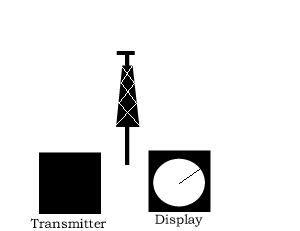
Useful information can be calculated from the data obtained from the returned signal. The signal is analysed for strength, time taken to return and its frequency. From this information we can determine the target's speed, distance, direction and even generate an image.
Although the speed of the reflected signal does not change, the frequency will, depending on the speed of the target. This is known as the Doppler Effect. The faster the target is traveling the higher the frequency of the returned signal.
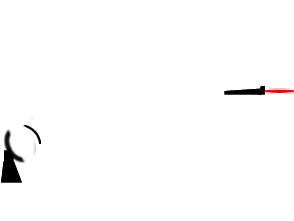
When an electromagnetic wave hits a surface, it gets partly reflected away from the surface and refracted into the surface, as shown in the animation on the right. The degree to which its reflected and refracted depends on the properties of the surface. If the wave hits a surface that is not perfectly flat then it gets reflected in all directions. Only a very small proportion of the original wave is reflected back in the direction of the receiver.
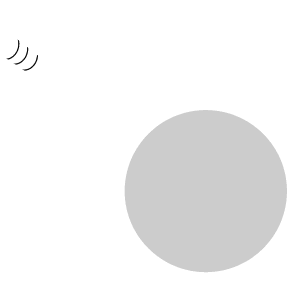
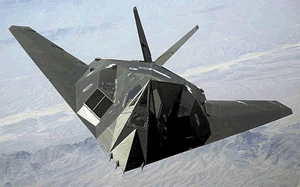
1) Research the
difference between radio waves and sound waves.
Why are radio waves and not sound waves used in communication with satellites?
2) The distance of a target
can be calculated by measuring the time, in seconds, it takes for a signal
to return to the radar. We then divide this time by two and multiply by
the speed of light ((2.93 X 108 m/s) to give the distance in
metres.
a) How far away is an incoming jet fighter if the signal from a radar
takes 2.34 milliseconds to return? (millisecond = 10-3 seconds)
b) A robot on Mars is instructed with radio signals from Earth. If Mars is 5.623 X 106 Km from Earth, calculate the time, in minutes, it takes for the robot to receive the instructions.
Two reflected signals, "A" and "B", are shown on the right. The transmitted pulse is shown below. Which signal has been reflected from a target traveling away from the radar? Explain.
![]()
